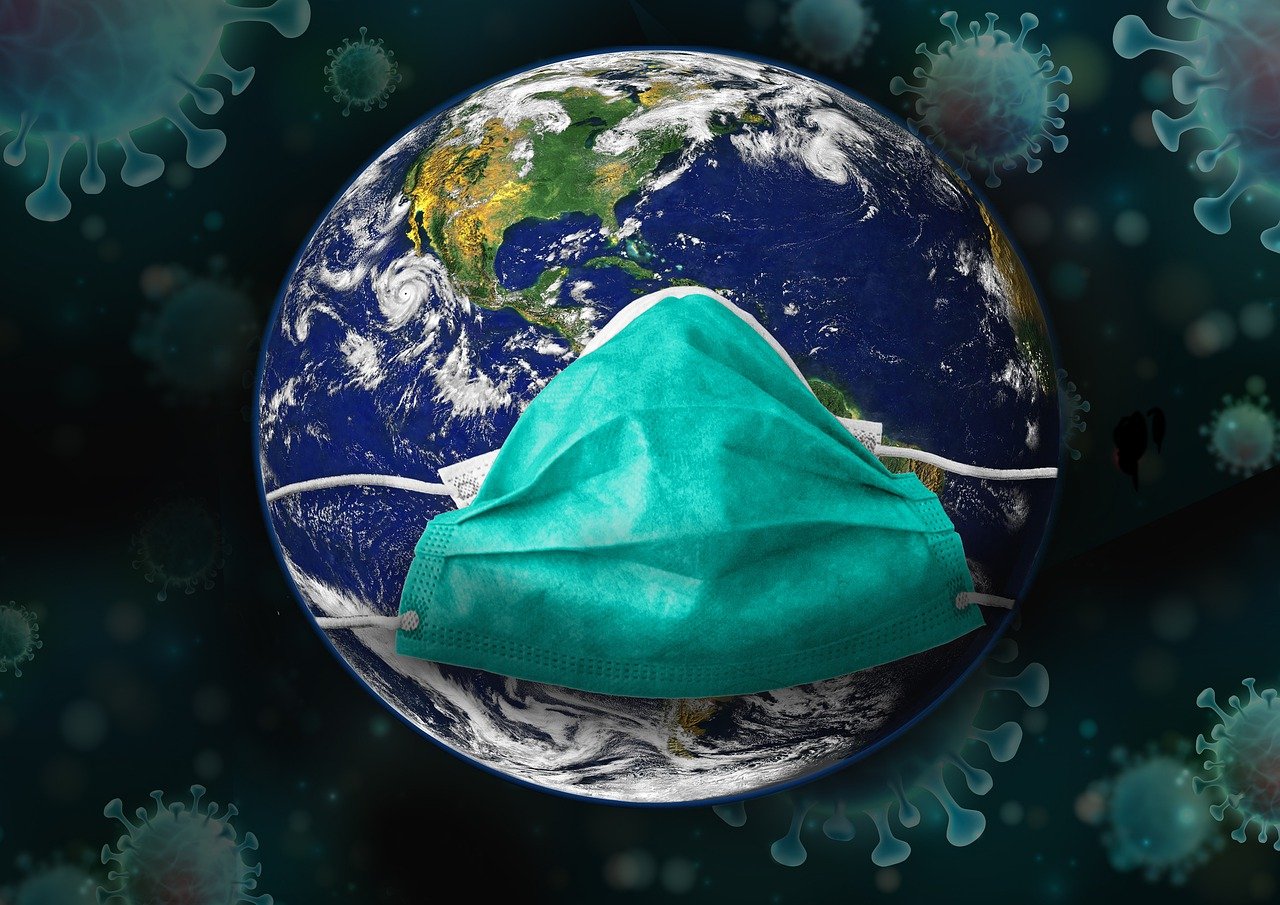As an epidemiologist, I am used to studying waves of infection and measuring the rise and fall of deaths. While the deaths of parents and grandparents from COVID crash and recede, the pattern of children affected by orphanhood resulting from the death of a caregiver is entirely different. In every country, the number of children affected inexorably rises, month after month. The death of a mother, father, caregiving grandparent or other relative is permanent and enduring. A child whose parent died at the start of the pandemic is still a child without that parent now.
In a letter published by JAMA Pediatrics, I and a group of my colleagues estimated that from January 2020 to May 2022, 10.5 million children lost primary or secondary caregivers to COVID-associated deaths.* The toll on these children is enormous. After a caregiver dies, children may experience grief, inadequate care and separations from other family members. They may have decreased access to food, support and housing. They can be at higher risk of violence and abuse.
We know from research into the HIV epidemic how to help these children and protect others. First, we must prevent the deaths of parents and caregivers through equitable vaccine programs, containment of the disease and treatment. Second, we need to prepare safe and loving family-based care through kinship, fostering and adoption. Third, we have to protect orphaned children using evidence-based strategies that address their increased risks of childhood adversity and violence. We believe this sort of care for children must be immediately integrated into every national response plan for combatting COVID and other infectious disease outbreaks.
Countries are starting to respond to this call. In March 2021 Peru announced a plan to pay just more than $50 per month—the cost of a basic food basket—to children who have lost one or both of their parents to COVID. In August 2021 Brazil’s northeastern region launched a similar program to support low-income households. This has since been widened to more regions. Mexico provides scholarships to COVID orphans. And earlier this year, the Board of Supervisors of California’s Santa Clara County unanimously approved a program to identify and support youth who lost caregivers to the disease. These first initiatives now need to be followed by global efforts.
To figure out the number of children orphaned by COVID, we examined estimates of excess deaths for every country in the world. Excess deaths are those above what would be expected for a given time period, and these deaths are notoriously hard to estimate. Various studies have tried to assess whether global COVID reporting is undercounting deaths. The World Health Organization estimated there were 14.9 million excess deaths associated with COVID in 2020 and 2021.
In our research, we define orphanhood as UNICEF does: a child who has lost one or more parents. A child with one living parent is still an orphan because the effect of the other parent’s death still can significantly alter that child’s well-being. What a child needs after losing a parent or caregiver is dependent on both the age of the child and the gender of the parent who died. Our earlier research in the Lancet Child and Adolescent Health finds more adolescents became orphans because of COVID than younger children did. We estimate that two out of every three children whose parents died were between ages 10 and 17.
The needs of younger children are more visible because they require immediate full-time nurturing care, yet adolescents face a range of different risks. These include sexual violence and exploitation, mental health and suicide risks, teenage pregnancy, decreased self-esteem and separation from their community. They may also have to assume caring responsibilities for younger siblings and feel the need to seek employment at the expense of their own education.
For all children, poor-quality care can significantly impact the child’s mental and physical health and developmental outcomes, as well as the risk of suicide, chronic diseases and infectious diseases decades later.
In our earlier work, we also found that three out of every four children who lost a parent to COVID lost their father. Regardless of gender, however, in families where the primary breadwinner dies, death can be linked to sudden and lasting family economic hardship, whereas the loss of a primary socioemotional caregiver can decrease social connectedness. These effects are mediated by varying family compositions,—for example, single, dual or multigenerational households— in addition to differing cultural approaches, such as child marriage, in response to severe poverty.
The COVID pandemic continues, and around the world, children are still losing parents and caregivers. Providing safe, stable and nurturing family-based care that is sensitive to these children’s age and developmental stage can support them through their grief, protect them from future risks and prevent them from being placed in institutions.
Countries are starting to wake up to the reality of COVID orphanhood—President Joe Biden mentioned affected children in a speech at his COVID summit in May. Whatever the age of the child, the gender of the parent who died or the wave of infection that made them an orphan, they are still a child who needs our help.
This is an opinion and analysis article, and the views expressed by the author or authors are not necessarily those of Scientific American.
Watch This Next
[embedded content]
*Editor’s Note (9/8/22): This sentence was edited after posting to correct the description of the number of children who have lost a primary or secondary caregiver to COVID-associated deaths.

